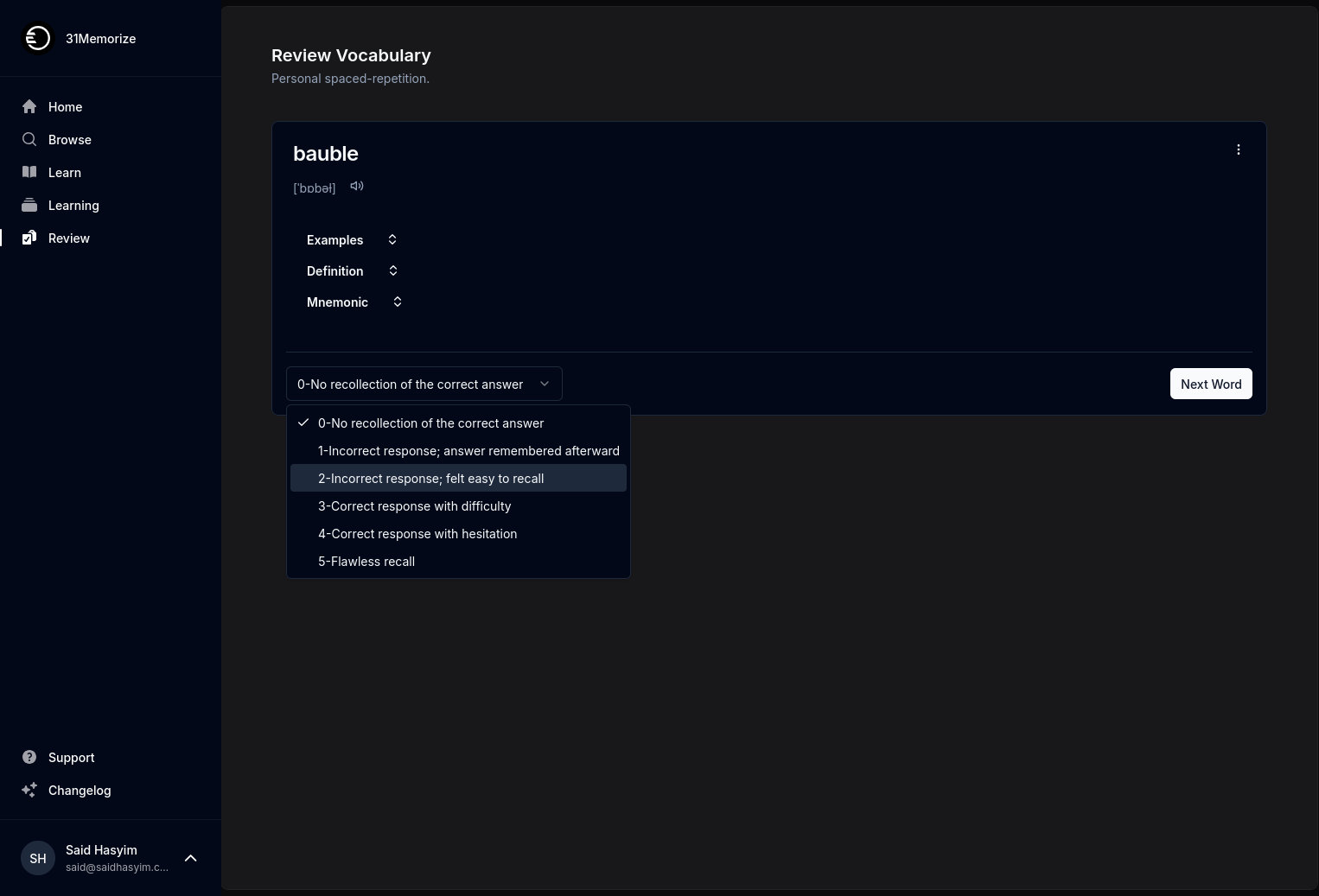Tools That Transform How You Manage Book Feedback
In today's rapidly evolving literary landscape, authors and publishers are constantly searching for effective ways to manage feedback on their works. Gathering and interpreting feedback from beta readers, editors, and reviewers can be overwhelming, yet it is an essential part of the writing process. Fortunately, various tools and methodologies can transform how you collect, analyze, and implement feedback on your book. This blog post explores several categories of tools, their benefits, and how they can streamline the feedback process.
1. Feedback Collection Tools
Online Surveys
One of the most efficient ways to gather feedback is through online surveys. Platforms such as Google Forms, Typeform, and SurveyMonkey allow you to create tailored questionnaires for your readers. You can ask specific questions about plot points, character development, pacing, and other crucial elements of your book.
- Benefits:
- Provides structured feedback.
- Enables anonymous responses, encouraging honest opinions.
- Allows for quantitative analysis of responses, helping you identify trends and common themes.
Social Media and Online Communities
Utilizing social media platforms or online writing communities can also be a powerful tool for gathering feedback. Websites like Goodreads or forums such as Reddit and Wattpad have communities that welcome feedback exchanges among writers and readers.
- Benefits:
- Engages a wider audience.
- Gathers immediate and diverse insights.
- Facilitates interaction with readers, fostering community.
Email and Direct Outreach
Reaching out directly to beta readers and critics via email can yield insightful and personalized feedback. Creating a simple email template to outline specific areas where you seek feedback can streamline this process.
- Benefits:
- Allows for tailored questions.
- Facilitates direct communication, leading to deeper discussions.
- Encourages relationship-building with influential readers and critics.
2. Feedback Organization Tools
Note-Taking Applications
Tools like Evernote, Notion, and Microsoft OneNote can be valuable for organizing feedback. You can set up different notebooks or sections for various readers, create tags for themes, and capture ideas as they arise.
- Benefits:
- Centralizes feedback in one location.
- Enables easy categorization and retrieval of comments.
- Supports quick access to previous notes for reference during revisions.
Project Management Tools
Using project management software like Trello or Asana to manage feedback tasks can help streamline the revision process. Set up boards for different aspects of your manuscript, allowing you to track changes and updates as you implement feedback.
- Benefits:
- Visually tracks progress and organizes tasks.
- Aligns feedback with specific chapters or themes.
- Improves collaboration if working with a team of editors or co-authors.
3. Feedback Analysis Tools
Data Visualization Tools
If you want to dive deeper into your feedback data, tools like Tableau or Google Data Studio can help visualize trends and patterns in the comments you receive. By turning qualitative feedback into digestible charts and graphs, you can more easily identify areas that require attention.
- Benefits:
- Enables data-driven decision-making.
- Highlights key areas of concern or praise from readers.
- Makes feedback presentations visually engaging.
Text Analysis Software
Text analysis tools, such as NVivo or ATLAS.ti, can help you analyze qualitative data more thoroughly. By coding responses, you can categorize feedback and understand common issues readers face.
- Benefits:
- Uncovers insights that may be missed through traditional analysis.
- Provides deeper understanding through thematic exploration.
- Efficiently handles large volumes of feedback.
4. Feedback Implementation Tools
Writing and Editing Software
Once you’ve gathered and analyzed feedback, the next step is to implement changes. Writing software like Scrivener or Google Docs can aid in the revision process. With features like commenting and version history, these tools foster an organized approach to editing.
- Benefits:
- Streamlines the writing and revision process.
- Allows for easy collaboration with editors and beta readers.
- Keeps a record of changes, enabling you to revert to previous drafts if necessary.
Version Control Systems
Using version control systems, such as Git, can help you keep track of different iterations of your manuscript. While traditionally used in software development, writers can apply similar techniques to manage their drafts effectively.
- Benefits:
- Provides a thorough history of manuscript changes.
- Helps avoid confusion caused by multiple drafts and versions.
- Allows collaborative writing efforts to thrive without overwriting each other’s work.
Conclusion
Collecting and managing feedback on your book doesn’t have to be a daunting task. By utilizing a mix of feedback collection, organization, analysis, and implementation tools, you can transform your approach to reader insights. These tools not only help streamline your workflow but also foster a more engaging and collaborative relationship with your readers.
Ultimately, the goal is to produce a manuscript that resonates with your audience, and effective feedback management is crucial to achieving that. Embrace these tools, customize them to fit your process, and watch as your book evolves into its best version yet. Happy writing!
